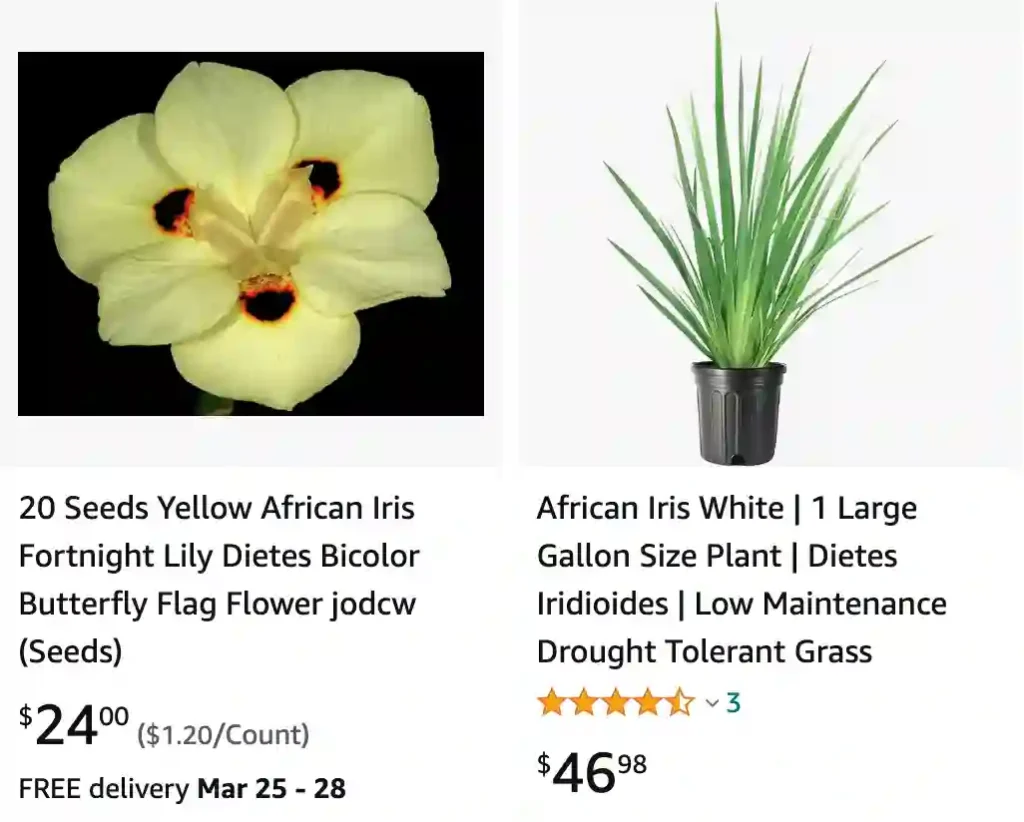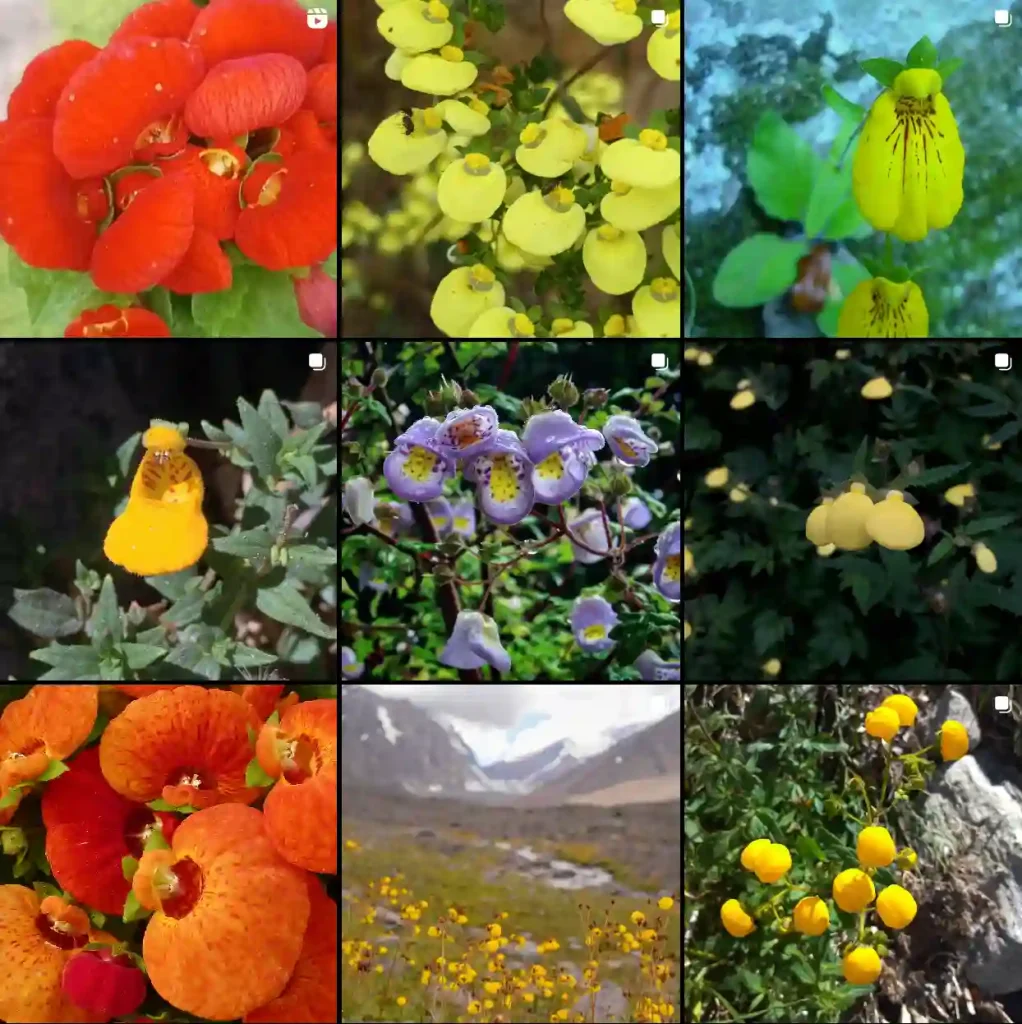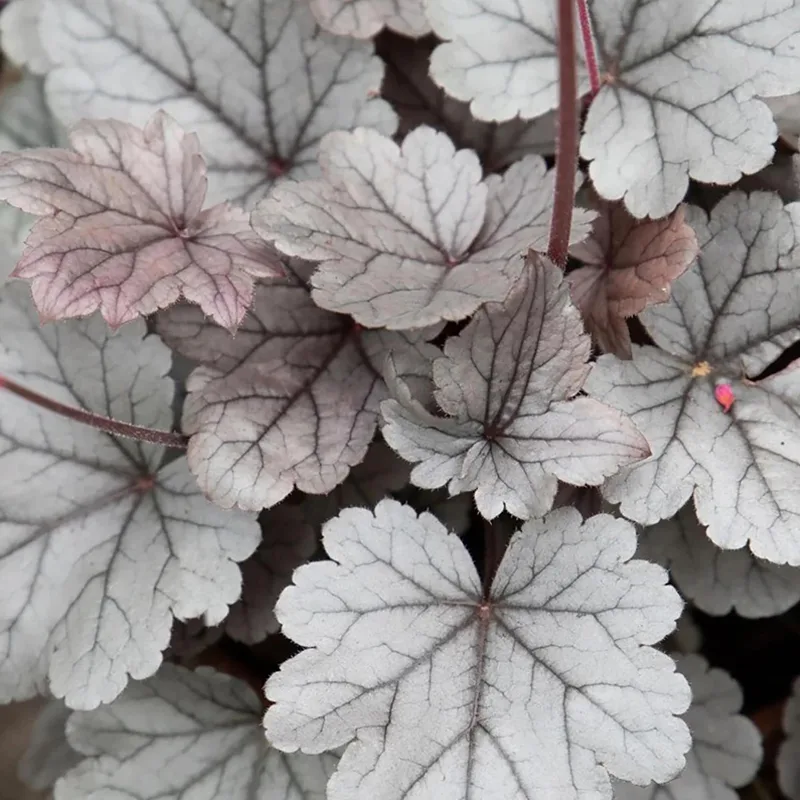
Discovering Dietes Bicolor: My Journey with the African Iris
Hello, my name is Ferb Vu, and today, I’d like to share my experience and knowledge about a fascinating plant called Dietes Bicolor, commonly known as the African Iris. This resilient and beautiful plant has been a delightful addition to my garden, and I’m excited to guide you through its characteristics, care, and propagation.
6 Species in Genus Dietes
What is Dietes Bicolor?
Dietes Bicolor, also known as African Iris or Fortnight Lily, is a perennial plant native to Southern Africa. It belongs to the Iridaceae family and is known for its sword-like leaves and striking, pale yellow flowers with dark brown spots near the base. These flowers typically bloom in spring and summer, adding a touch of elegance to any garden.
Dietes Bicolor vs Dietes Grandiflora
I’ve grown both Dietes Bicolor and Dietes Grandiflora, and I found Dietes Bicolor to be a bit more resilient in my garden, thriving in less ideal conditions compared to the Grandiflora, which needed a bit more care and attention to really show its full potential.
Why I Chose Dietes Bicolor for My Garden?
When I first stumbled upon Dietes Bicolor, I was captivated by its unique beauty and low maintenance requirements. The plant’s ability to thrive in various conditions, including drought and partial shade, made it an ideal choice for my busy lifestyle. Additionally, its evergreen foliage provides year-round interest, ensuring my garden looks vibrant even during the colder months.
How to Plant Dietes Bicolor?
Planting Dietes Bicolor is relatively straightforward. Here are the steps I followed to ensure my African Iris thrived:
- Choose the Right Location: Dietes Bicolor prefers well-drained soil and can tolerate both full sun and partial shade. I chose a spot in my garden that receives morning sun and afternoon shade.
- Prepare the Soil: I enriched the soil with organic compost to improve drainage and provide essential nutrients.
- Planting: I dug holes twice the width of the plant’s root ball and spaced the plants about 18 inches apart to allow for growth. After placing the plants in the holes, I backfilled with soil and watered thoroughly.
How to Care for Dietes Bicolor?
Caring for Dietes Bicolor is quite simple, making it a favorite among gardeners of all skill levels. Here are some tips to ensure your plant stays healthy and vibrant:
- Watering: Although Dietes Bicolor is drought-tolerant, it performs best with regular watering, especially during dry periods. I water my plants deeply once a week.
- Fertilizing: I apply a balanced, slow-release fertilizer in spring to promote vigorous growth and abundant blooms.
- Mulching: Adding a layer of mulch around the base helps retain moisture and suppress weeds. I use organic mulch, such as wood chips or bark.
How to Prune Dietes Bicolor?
Pruning Dietes Bicolor is essential to maintain its shape and encourage new growth. Here’s my pruning routine:
- Remove Spent Flowers: I regularly remove faded flowers by cutting the stalks at the base. This not only keeps the plant looking tidy but also redirects energy to new growth.
- Trim Dead Leaves: I cut back any yellow or brown leaves to improve the plant’s appearance and prevent disease.
- Annual Pruning: In late winter or early spring, I perform a more thorough pruning, cutting back the entire plant to about 6 inches above the ground. This stimulates fresh growth and prepares the plant for the blooming season.
How to Propagate Dietes Bicolor?
Propagating Dietes Bicolor is a rewarding process that allows you to expand your garden or share plants with friends. Here’s how I propagate my African Iris:
- Division: The easiest method is by dividing the rhizomes. I dig up the plant in early spring or fall and gently separate the rhizomes into smaller sections, ensuring each has a few leaves and roots. I then replant these divisions in well-prepared soil.
- Seeds: While less common, you can also propagate Dietes Bicolor from seeds. I collect seeds from mature seed pods, sow them in seed trays filled with a well-draining potting mix, and keep them moist until germination.
Is Dietes Bicolor Poisonous to Dogs?
As a pet owner, I’m always cautious about the plants I introduce to my garden. Fortunately, Dietes Bicolor is non-toxic to dogs, making it a safe choice for households with pets. However, it’s always a good idea to discourage pets from chewing on any plants to avoid potential digestive upset.
Conclusion
Dietes Bicolor has been a fantastic addition to my garden, offering beauty, resilience, and low maintenance. Whether you’re a seasoned gardener or just starting, this plant is sure to bring joy and elegance to your outdoor space. I hope my experiences and tips inspire you to grow and enjoy this wonderful plant in your garden. Happy gardening!
If i die, water my plants!



